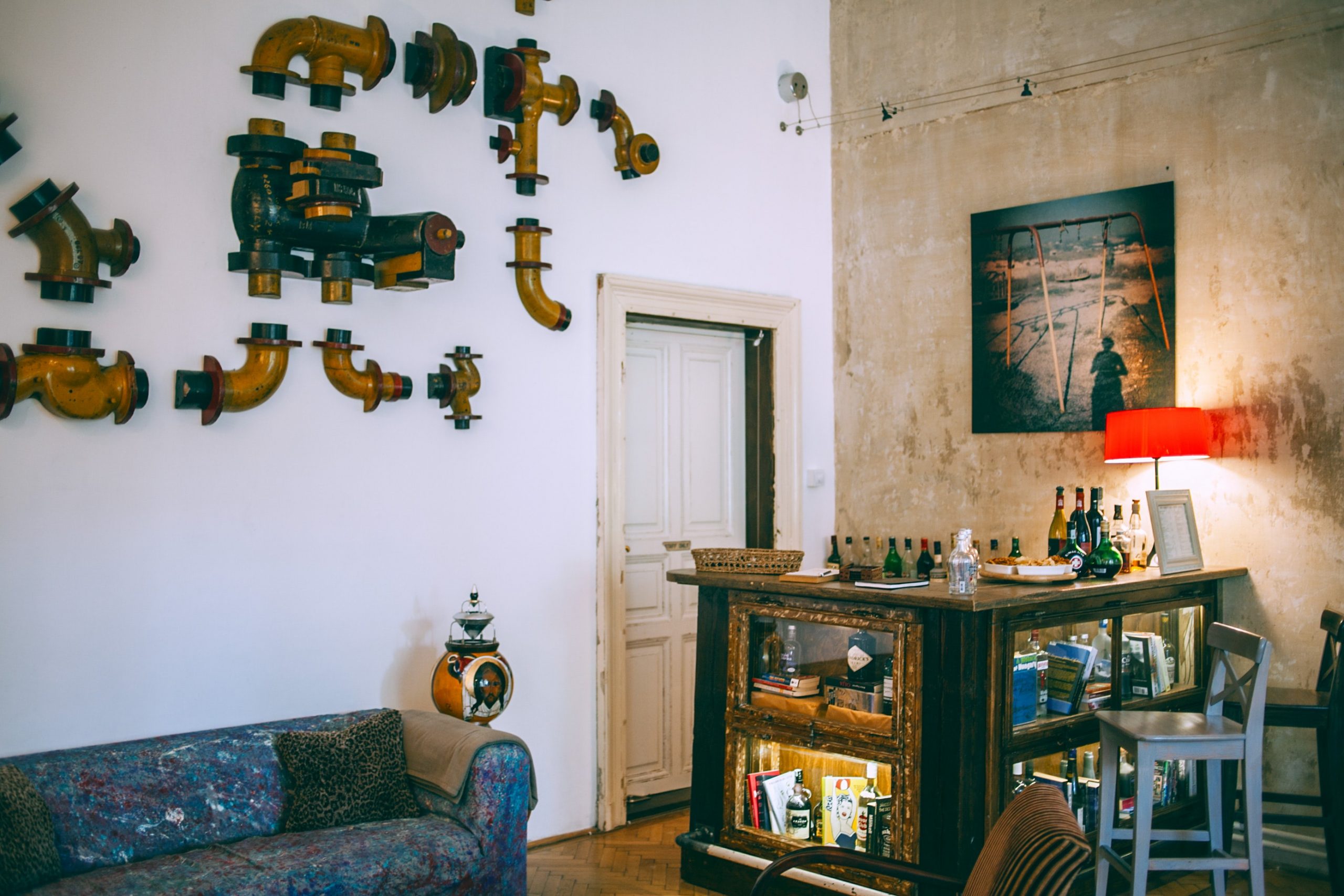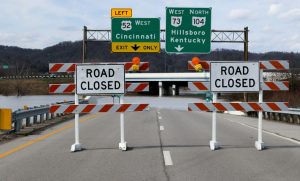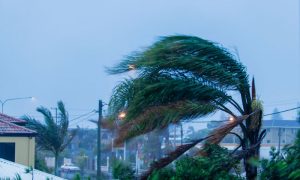Every winter, about 250,000 households find themselves with messes from pipes that freeze and burst. In addition to erupting and filling a room with water, a burst pipe can cause thousands of dollars in damage.
Carpeting, photos, furniture and other belongings can be permanently damaged to the point they need to be replaced. A crack measuring only 3 millimeters can spew as much as 250 gallons of water into a person’s home in just one day.
Fortunately, there are several steps that you can take to protect pipes and avoid the hassles associated with bursts:
- Bundle up the pipes. Use insulation in attics, garages and crawl spaces. Be generous with the insulation, as more protection means pipes are less likely to burst.
- Wrap pipes up with heat cables that are thermostatically controlled. Heat tape can also be used. Place this around pipes that are at a higher risk of bursting. Before using any of these types of products, make sure they are approved by testing organizations. Follow the installation instructions carefully.
- Seal any cracks and look for air leaks close to the pipes. If there is cold air leaking in even through a tiny space, pipes can freeze quickly and burst. Every leak should be sealed properly with insulation or caulk.
- Turn up the thermostat to 65 degrees or higher during the winter. Temperatures in the attic or behind the walls can become cold enough to let the pipes freeze if the thermostat is turned lower than this.
- Put any hoses away before temperatures drop in the winter months. After doing this, shut off the indoor valve.
- Keep one faucet on in the home at all times, but set it so it will only drip warm water slowly. Even the smallest trickle can aid in preventing pipes from freezing. Whenever possible, use a faucet that is located on an outside wall.
- When leaving the home for any period of time, have someone check on it daily. Tell them to look for signs of pipes that are about to burst. Also, tell them to ensure the house is warm enough to prevent frozen pipes.
- Know how to spot a frozen pipe. If the faucet is turned on but water doesn’t come out, this is a sign that the pipe is frozen. Call a plumber and leave the faucet on. It may be possible to thaw a frozen pipe with a hair dryer. Start close to the faucet, and work toward the coldest section of the pipe. Avoid using any open flames or torches to defrost pipes.
- If a pipe does burst, turn the water off at the main shutoff valve. Turn all of the faucets on and call a plumber immediately. After calling the plumber, call your insurer to file a claim.
The takeaway
As you can see, there a number of things you need to do to protect your pipes in frigid climates. Not taking the necessary steps can lead to a disaster, and the last thing you want to deal with is a burst pipe spewing water into your home in the dead of winter.





